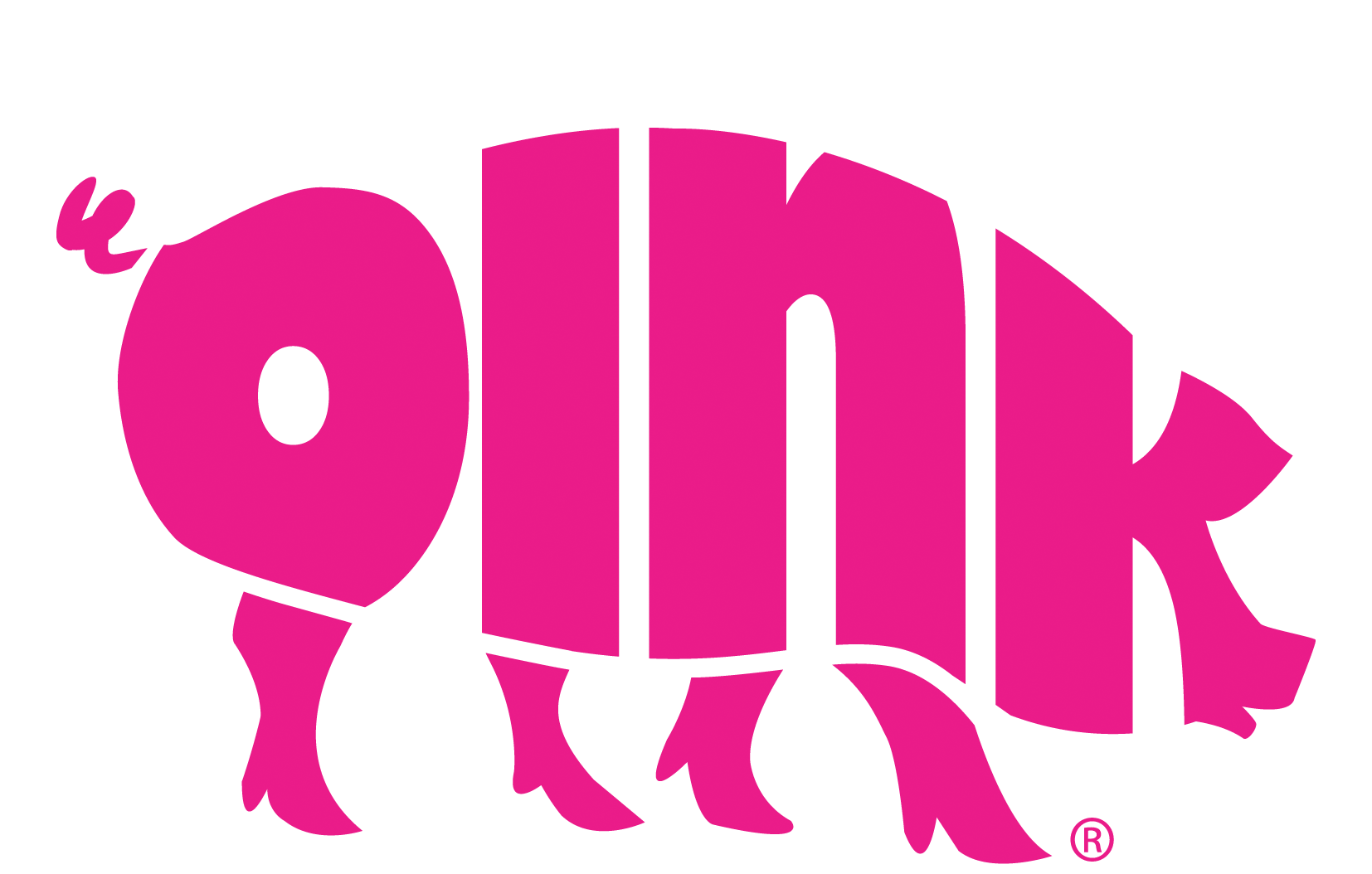“The most beautiful of all the capitals of Europe.”
As well as being Scotland’s capital city, Edinburgh is also the leading festival city in the world and a UNESCO World Heritage Site. But when you live and work in such an incredible city, it can sometimes be easy to take it for granted.
So, we thought it would be interesting to remind everyone about how the city has been loved and admired for hundreds of years with some of the most memorable and famous quotes about Edinburgh from some equally famous people.
Queen Victoria
“The view of Edinburgh from the road before you enter Leith is quite enchanting: it is, as Albert said, fairy-like and what you would only imagine as a thing to dream of, or to see in a picture.”
Queen Victoria made her first visit to Scotland in 1842, just five years after becoming Queen.
She marvelled at the beautiful views of the Castle, Calton Hill and Arthur’s Seat.
Alexander McCall Smith
“This is a city of shifting light, of changing skies, of sudden vistas. A city so beautiful it breaks the heart again and again.”
Author Alexander McCall Smith has written several novels set in the city, including 44 Scotland Street and The Sunday Philosophy Club.
Richard Demarco
“The Scots think of it as their capital; they’re too possessive, Edinburgh belongs to the world.”
The Edinburgh-born artist Richard Demarco has been a champion of visual and performing arts in the city for decades.
Robert Louis Stevenson
“Half a capital and half a country town, the whole city leads a double existence; it has long trances of the one and flashes of the other; like the king of the Black Isles, it is half alive and half a monumental marble.”
Stevenson’s Edinburgh: Picturesque Notes, is full of beautiful descriptions of Auld Reekie such as this. Despite being set in London, Stevenson’s famous tale of Jekyll and Hyde is thought to be heavily inspired by Edinburgh because of this ‘double existence’.
Tobias Smollett
“Edinburgh is a hotbed of genius.”
This famous quote from Scottish poet and author Tobias Smollett refers to Edinburgh’s Enlightenment of the 18th century. The city was associated with many writers, philosophers, scientists and academics, including David Hume, Adam Smith and Francis Hutcheson.
Oscar Wilde
“It is quite lovely – bits of it.”
Oscar Wilde’s famous quote gives a less romanticised version of the city, but still gives the literary seal of approval to Auld Reekie.
Hugh MacDiarmid
“But Edinburgh is a mad god’s dream.”
One of the principal figures behind the Scottish Renaissance of the mid-20th century, Hugh MacDiarmid, was an influential poet and writer. This quote, taken from his poem Edinburgh, is immortalised on a plaque outside the Scottish Parliament.
Alan Rickman
“I always feel that when I come to Edinburgh, in many ways I am coming home.”
Even for those who are visitors to Edinburgh, this quote from the late British actor Alan Rickman, a regular at many of Edinburgh’s festivals, sums up exactly what people feel about the city.
Ian Rankin
“Edinburgh isn’t so much a city, more a way of life…… I doubt I’ll ever tire of exploring Edinburgh, on foot or in print.”
Ian Rankin’s series of Inspector Rebus novels are some of the most popular books set in the city.
Rankin began his writing career whilst studying English Literature at the University of Edinburgh.
Robert Burns
“Edina! Scotia’s darling seat!”
Burns lived in Edinburgh for a couple of years at the height of his career. Although he originally hailed from Ayr, Scotland’s national bard was very fond of the capital city, as illustrated here in this Address to Edinburgh.
Washington Irvine
“It seemed as if the rock and castle assumed a new aspect every time I looked at them; and Arthur’s Seat was perfect witchcraft. I don’t wonder that anyone residing in Edinburgh should write poetically.”
In 1817, Washington Irvine travelled to Edinburgh to visit Walter Scott and was enchanted by the city. Best known for his short stories Rip Van Winkle and The Legend of Sleepy Hollow, Irvine was one of the first American writers to gain international success in Europe.
Sir Walter Scott
“Piled deep and massy, close and high; Mine own romantic town.”
This famous line is taken from the epic poem Marmion. Scott, who was born in College Wynd on the Cowgate, is one of the most significant figures in Scottish literature and the Scott Monument is the largest monument to a writer in the world.
Charlotte Bronte
“My dear Sir, do not think that I blaspheme when I tell you that your great London, as compared to Dun-Edin, ‘mine own romantic town’, is as prose compared to poetry, or as a great rumbling, rambling, heavy Epic compared to a Lyric, brief, bright, clear, and vital as a flash of lightning.”
In this letter from 1850, author Charlotte Bronte tells her companion that London and Edinburgh are two very different cities. She even makes reference to the famous line from Marmion, which she also quoted in her novel Jane Eyre.
Sir John Betjeman
“The most beautiful of all the capitals of Europe.”
The Poet Laureate was a huge fan of Victorian architecture, this explains why he was so fond of Edinburgh’s traditional tenements and town houses.
George Eliot
“When I looked out in the morning it is as if I had waked in Utopia.”
Mary Anne Evans, better known by her pen name George Eliot, was one of the leading writers of the Victorian era. She was one of many authors to be inspired by the city after a visit to Edinburgh.
Charles Dickens
“Coming back to Edinburgh is to me like coming home.”
Charles Dickens was particularly fond of Edinburgh, as it was the place where he received the first significant public recognition of his work. He described Edinburgh as a “city so distinguished in literature and the arts” and visited several times throughout his life.


